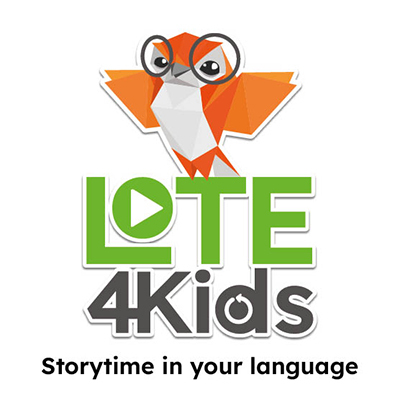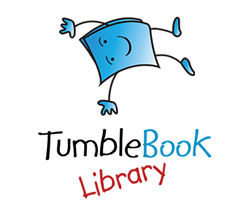We’ve all got a lot to learn, whether about the world we live in, the people around us, or simply how to be a better human. In my short time at DBRL, I’ve found that the most accessible information on any topic will be in the children’s section, broken down into pictures and phrases that we can all understand. I’ve also noticed that, due to the simpler nature of picture book phrasing, they can communicate broad emotions, concepts and ideas in ways that are easily digestible yet still spark deep thought and conversation.
I think that these books are incredibly helpful, not only for sharing serious or difficult concepts with children in an age-appropriate way, but also for educating them and allowing them to feel represented. Dr. Rudine Sims Bishop wrote in a 1990 essay that books ought to act as ‘mirrors, windows, and sliding-glass doors’ for children to see themselves in, see and understand others in, and step into another’s shoes through. Many of these books acted as windows and sliding glass doors for me, educating me about things I never even knew existed. I highly recommend every book on this list — for instance, even if your family is not Hindu, they will still enjoy the beautiful story and peppy illustrations in “Binny’s Diwali.” They will also be able to learn about another culture’s practices and holidays, which is a wonderful way to introduce children to people with different lifestyles.
While perusing this list, I recommend thinking of Bishop’s words — does your child need a mirror, a window, or a sliding glass door right now? All three? Do you need one or the others? Picture books are wonderful ways to learn about the world around us because of their simple, solid prose and their clear and colorful artwork, for children and parents alike. Happy reading and happier learning!
“Just Help!” written by Sonia Sotomayor, illustrated by Angela Dominguez
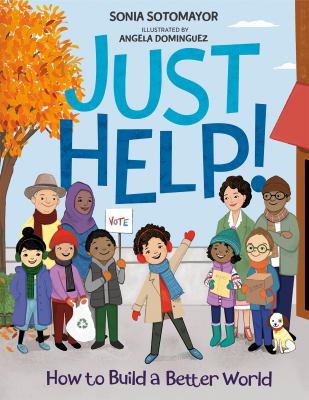 This book is so heartwarming! Personally, I find myself stressing about the ‘big bad’ problems of our world all too frequently. Racism, climate change, homo- and transphobia — all of these challenging parts of our world can be difficult to navigate, especially for kiddos on the way to inheriting it. Still, there is something we all can do every day — not for the great big world but for our small ones, where our community thrives. We can, as the book shows, be kind to our friends, family and community. This book helped to remind me that small changes are how big changes eventually come to be. I highly recommend this book to anyone who needs that comfort.
This book is so heartwarming! Personally, I find myself stressing about the ‘big bad’ problems of our world all too frequently. Racism, climate change, homo- and transphobia — all of these challenging parts of our world can be difficult to navigate, especially for kiddos on the way to inheriting it. Still, there is something we all can do every day — not for the great big world but for our small ones, where our community thrives. We can, as the book shows, be kind to our friends, family and community. This book helped to remind me that small changes are how big changes eventually come to be. I highly recommend this book to anyone who needs that comfort.
“Moon’s Ramadan” by Natasha Khan Kazi
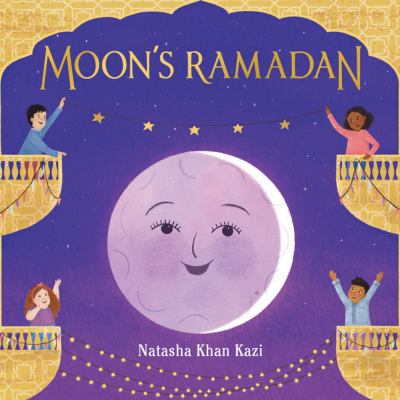 To me, this book was a warm, bright window — I learned about the timing, traditions and rules surrounding Ramadan. Ramadan is a Muslim holiday that is likely most well-known to non-Muslims as a holiday where people fast from dawn until dusk, but it is much, much more than that. People practice kindness and humility throughout the month of Ramadan, choosing to act in ways that honor others. It was so lovely to see how people celebrate Ramadan all around the world — some bring food to others, some break bread at home. There is immense joy to be found in this book, especially in viewing Ramadan through the eyes of the Moon!
To me, this book was a warm, bright window — I learned about the timing, traditions and rules surrounding Ramadan. Ramadan is a Muslim holiday that is likely most well-known to non-Muslims as a holiday where people fast from dawn until dusk, but it is much, much more than that. People practice kindness and humility throughout the month of Ramadan, choosing to act in ways that honor others. It was so lovely to see how people celebrate Ramadan all around the world — some bring food to others, some break bread at home. There is immense joy to be found in this book, especially in viewing Ramadan through the eyes of the Moon!
“The Black Book of Colors” written by Menena Cottin, illustrated by Rosana Faría
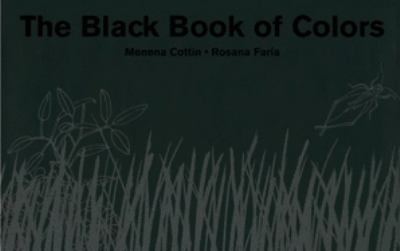 It’s rare for a book to be best enjoyed with one’s eyes closed, but “The Black Book of Colors” certainly is. This book is about how blind folks experience color; they may not be able to see it the way sighted people do, but they can absolutely experience the knowledge and feelings of color in their lives. This book is dually written in Braille and English, and the illustrations are…well, I’ll let you find out for yourself, because they’re one-of-a-kind.
It’s rare for a book to be best enjoyed with one’s eyes closed, but “The Black Book of Colors” certainly is. This book is about how blind folks experience color; they may not be able to see it the way sighted people do, but they can absolutely experience the knowledge and feelings of color in their lives. This book is dually written in Braille and English, and the illustrations are…well, I’ll let you find out for yourself, because they’re one-of-a-kind.
“Golem” by David Wisniewski
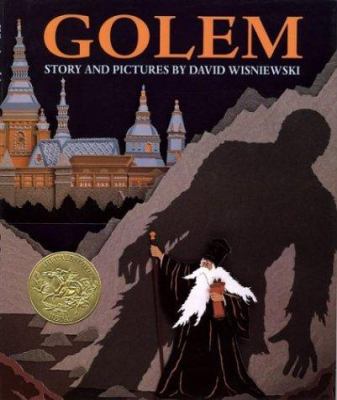 Golem is one of my favorite books I have read in a long, long time. It tells the story of the Golem of Prague, brought to life by a rabbi to protect his people from persecution. The story is captivating, but even more so are the illustrations. Entirely made from cut paper, they form scenes of elaborate castles, rivers, night skies, and even scenes of attack from those who persecute the Jewish people of Prague. As a warning, this book is heavy, as it deals with the concepts of genocide, death and violence. If you choose to read this book with a child, it may be something they have a lot of questions about. On the flip side, due to these heavy themes, this book can be extremely educational for children, introducing them to the idea that the world is not always fair and that people sometimes must pursue the rights they deserve. Regardless of whether you check this book out for yourself or your child, you will be captivated by the world inside.
Golem is one of my favorite books I have read in a long, long time. It tells the story of the Golem of Prague, brought to life by a rabbi to protect his people from persecution. The story is captivating, but even more so are the illustrations. Entirely made from cut paper, they form scenes of elaborate castles, rivers, night skies, and even scenes of attack from those who persecute the Jewish people of Prague. As a warning, this book is heavy, as it deals with the concepts of genocide, death and violence. If you choose to read this book with a child, it may be something they have a lot of questions about. On the flip side, due to these heavy themes, this book can be extremely educational for children, introducing them to the idea that the world is not always fair and that people sometimes must pursue the rights they deserve. Regardless of whether you check this book out for yourself or your child, you will be captivated by the world inside.
“The Longest Letsgoboy” written by Derick Wilder, illustrated by Catia Chien
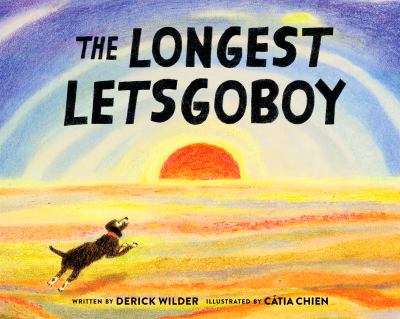 This book is a real tear-jerker, and it really stuck with me. As the title may suggest, it details the final walk of a very, very beloved boy before his family must say goodbye to him. I recently lost a cherished furry friend myself, and this book helped me reframe the loss in the sweetest way. The book does not shy away from grief or sadness but rather reminds us that the sun does come out from behind the clouds eventually and that our furry friends want us to be happy too. I really recommend this to anyone who may need a reminder that while life cannot go on forever, love always does.
This book is a real tear-jerker, and it really stuck with me. As the title may suggest, it details the final walk of a very, very beloved boy before his family must say goodbye to him. I recently lost a cherished furry friend myself, and this book helped me reframe the loss in the sweetest way. The book does not shy away from grief or sadness but rather reminds us that the sun does come out from behind the clouds eventually and that our furry friends want us to be happy too. I really recommend this to anyone who may need a reminder that while life cannot go on forever, love always does.
“Binny’s Diwali” written by Thrity Umrigar, illustrated by Nidhi Chanani
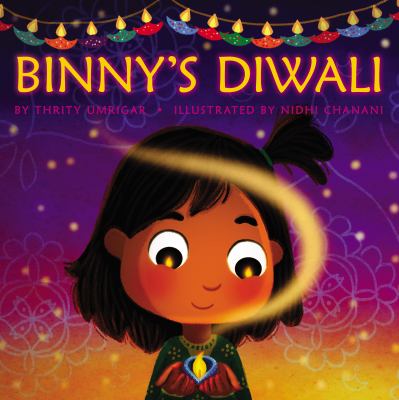 Similarly to Moon’s Ramadan, this book taught me about a religious holiday I knew nothing about. It acted as a ‘sliding glass door’ as I got to experience the joys of Diwali through Binny’s experiences. I learned a great deal about Diwali from the story in this book and the informational pages at the end! I knew that Diwali was the festival of lights, but before reading, I did not know anything about its origin or the intentions behind its practices. Binny’s Diwali does a wonderful job of showing what Diwali means to different families. For instance, I learned that every year, families light diyas, which can be oil lamps or tea lights, to physically light up the world around them, and they celebrate goodness with delicious food and tales of good triumphing over evil. This was a fantastic ‘sliding glass door’ for me, and I had so much fun learning about the practices involved in Diwali. This book is sure to share a smile no matter your spirituality.
Similarly to Moon’s Ramadan, this book taught me about a religious holiday I knew nothing about. It acted as a ‘sliding glass door’ as I got to experience the joys of Diwali through Binny’s experiences. I learned a great deal about Diwali from the story in this book and the informational pages at the end! I knew that Diwali was the festival of lights, but before reading, I did not know anything about its origin or the intentions behind its practices. Binny’s Diwali does a wonderful job of showing what Diwali means to different families. For instance, I learned that every year, families light diyas, which can be oil lamps or tea lights, to physically light up the world around them, and they celebrate goodness with delicious food and tales of good triumphing over evil. This was a fantastic ‘sliding glass door’ for me, and I had so much fun learning about the practices involved in Diwali. This book is sure to share a smile no matter your spirituality.
Thanks for reading my tangents about the power of children’s books. Please feel free to comment on your own books that taught you something! I am always looking for recommendations. Happy reading, folks!


